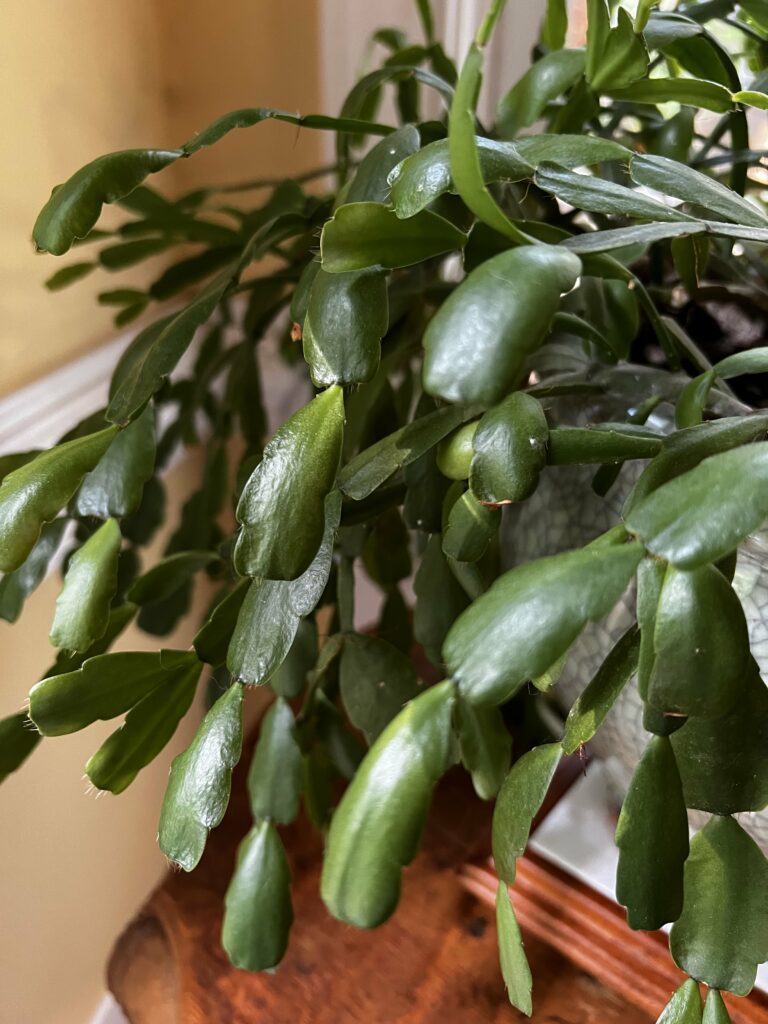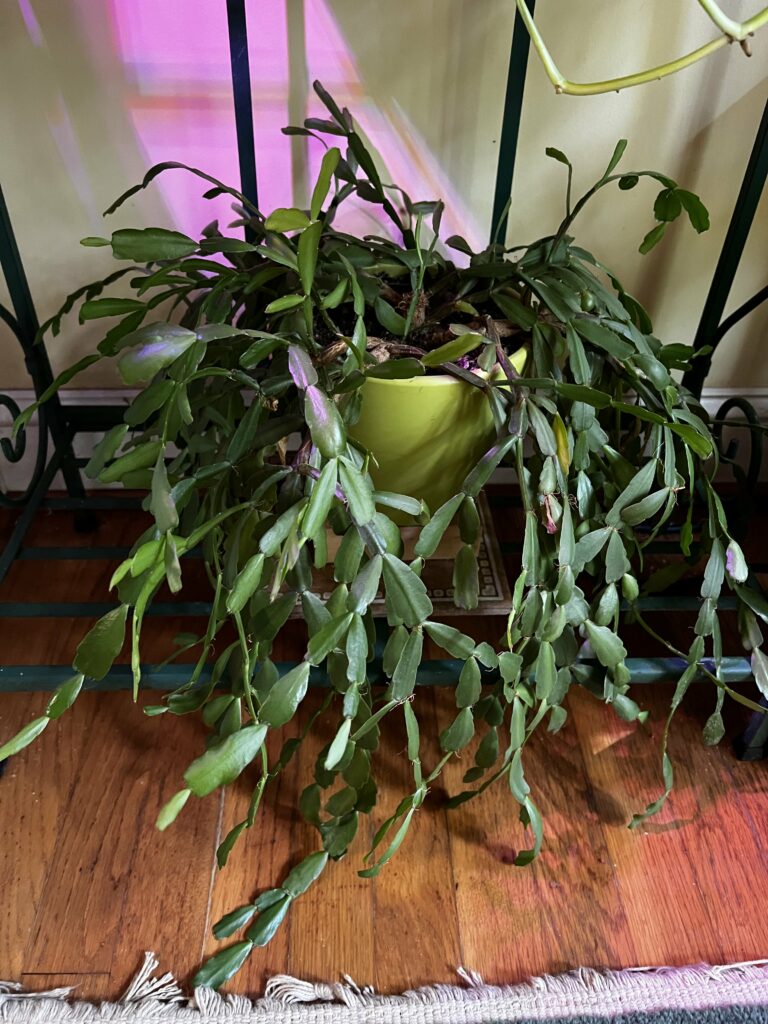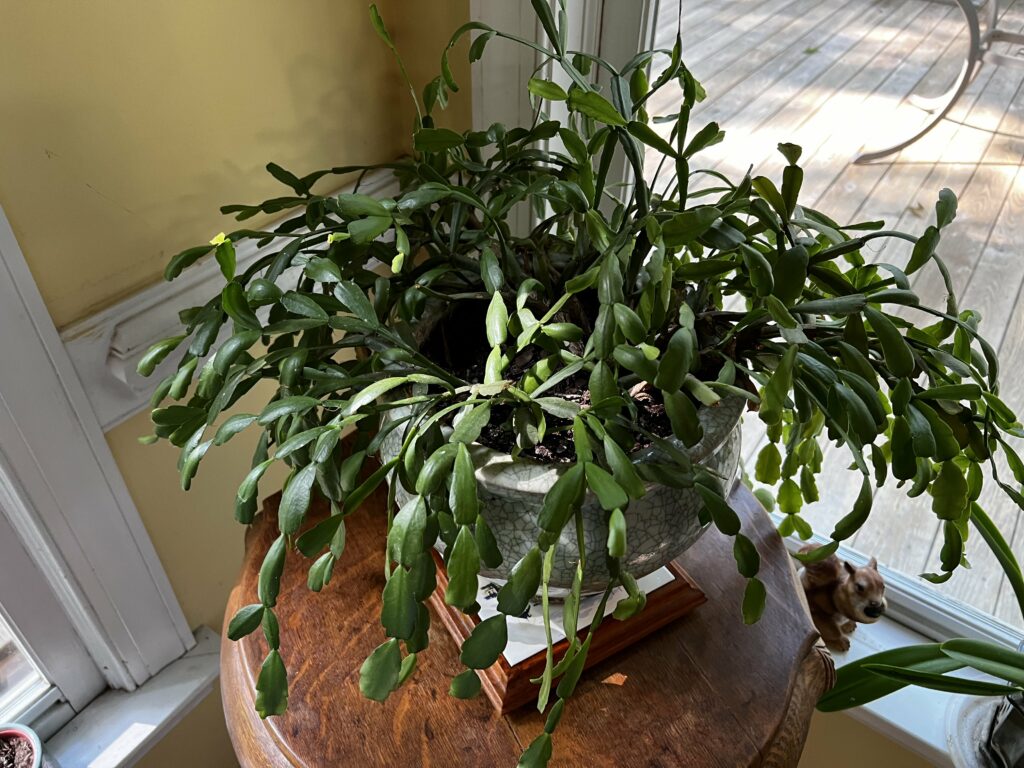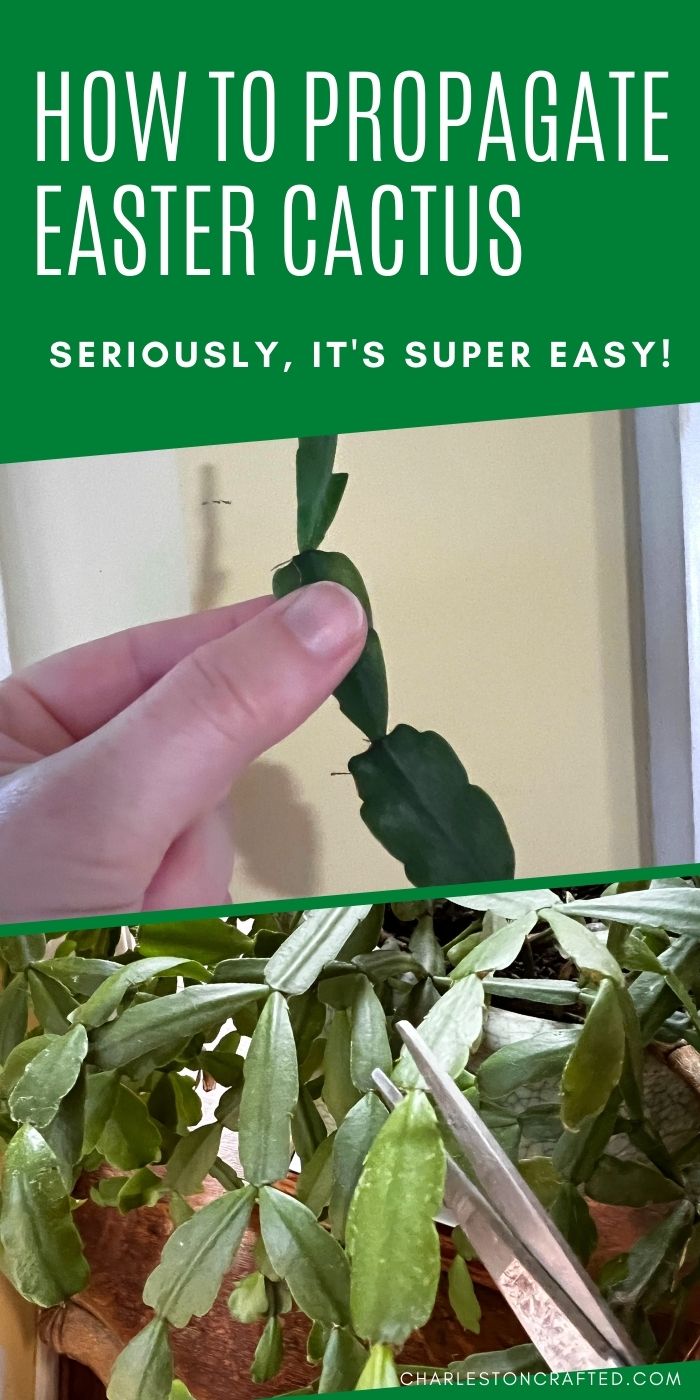Have the vibrant blooms of your Easter cactus started to fade? Discover the essential steps to follow after your Easter cactus blooms!
The Easter cactus, scientifically known as Hatiora gaertneri, is a captivating houseplant closely related to its holiday cactus counterparts.
Originating from the lush rainforests of Brazil, Easter cacti thrive in high humidity and shaded environments beneath the canopy in their natural habitat.
Distinguished by their flat green stems, or cladodes, Easter cacti are adored for their magnificent flower buds that grace the tips of their branches, showcasing a rich palette of colors, including vivid shades of pink, red, white, and purple.
Easter cacti are loved for their unique charm and, much like their holiday cactus relatives, they are generally easy to care for, thriving without needing consistent attention.
However, when the Easter cactus blooms have come and gone, it's time to take essential steps to ensure its continued health and the promise of more splendid blooms in the future.

What to do after your Easter cactus blooms
Here's what you need to know after the Easter cactus blooming season has concluded:
Pruning and Maintenance
After your Easter cactus blooms, consider some light pruning to encourage new growth and blooms for the following year.
Pruning is a straightforward process. As the flowers begin to fade, gently pinch or twist the stems near the base to remove them, a process known as "deadheading."
Ensure you complete the pruning before late spring.

Adjusting Watering
Proper watering is a crucial aspect of Easter cactus care. Ensure your Easter cactus is planted in a pot with adequate drainage holes to prevent waterlogging.
Water the plant when the top inch of the soil feels dry to the touch.
During the blooming period, slightly increase watering to support the flowering process.
Once blooming has concluded, return to the regular watering schedule, allowing the top inch of soil to dry before watering again.
Light Exposure
Easter cacti require specific lighting conditions to encourage bud production.
Before blooming, expose the plant to bright, indirect light. If placed outdoors, choose a location with shade that remains well-lit.
While they thrive in bright spaces, avoid exposing them to extreme heat.
When blooming begins, adjust the light exposure.
Easter cacti require approximately 13 hours of continuous darkness daily to stimulate bud formation.
After the blooming period, return to the normal light regimen, providing appropriate indirect light.
Maintaining Consistency
Consistency is key to Easter cactus care. Avoid moving the plant unnecessarily, as it can induce stress and lead to the loss of flower buds.
Drastic temperature changes should be avoided as well. Maintain a stable environment free from drafts and extreme heat, with an ideal temperature range of around 60°F to 70°F (15°C to 24°C).
Remember that flower color may vary depending on temperature settings during bud formation. Consistency in Easter cactus care is vital.

Fertilizing Thoughtfully
Caring for your Easter cactus also involves monitoring soil health. Easter cacti prefer humus-rich soil with good drainage.
Ensure the soil remains consistently moist, neither overly saturated nor dry.
Feed your plant during late winter or spring, once the blooming season has ended.
Avoid fertilizing after October begins, as this is the period when flower bud development initiates.
Return to your regular fertilizing routine after the blooms have fallen off, applying a half-strength, balanced fertilizer every two weeks during the spring and summer months.
Dormancy Period
Typically, Easter cacti enter dormancy in the fall.
The dormancy period is pivotal in Easter cactus care, preparing the plant for its next flowering season.
To promote proper growth, try to replicate their native environment.
During this period, place them in a cooler setting with temperatures ranging from 60°F (10°C to 15°C) and reduce watering frequency. Maintain this routine for 6 to 8 weeks leading up to the blooming season.

Propagation
Propagating your Easter cactus is an easy process, allowing you to expand your plant collection or share it with others.
To propagate, simply cut a healthy, three-jointed stem segment and allow it to dry slightly for one or two days before planting it in a pot with adequate drainage holes and suitable soil mix.
Alternatively, root the cutting in water and transfer it to soil once the roots reach a length of 2 inches. You should observe new stems growing within a few weeks.
By following these care guidelines, you can ensure the continued vitality of your Easter cactus and look forward to another season of magnificent blooms.
Thanks for reading!


Hey there, I'm Morgan, a houseplant enthusiast from sunny Charleston, South Carolina. Growing up surrounded by my mom's lush orchids and African violets, I discovered the magic of bringing nature indoors. Thanks to the pandemic, I delved deeper into houseplants, discovering their power to uplift moods and transform spaces. I'm here to spill all my secrets, helping you pick the perfect houseplant - and make it happy. Let's keep your plants alive, together! 😊



